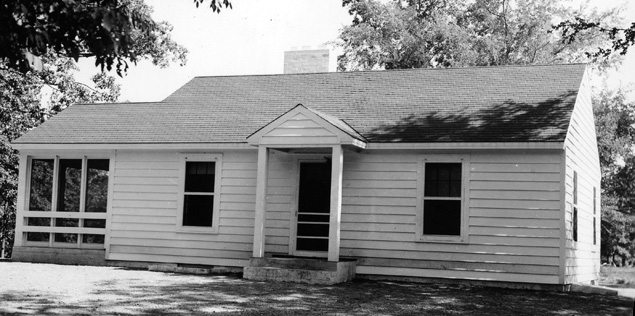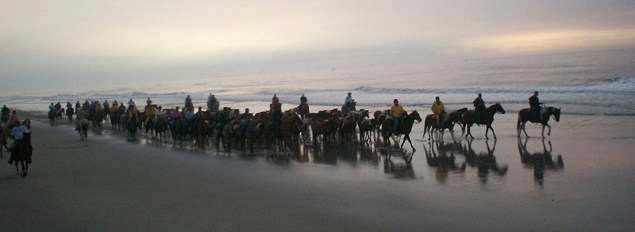USFWS images
This week The Legal Genealogist is highlighting some of the image collections that are available to us as genealogists to use in our own work.
Photographs and illustrations that are free, or mostly free, of copyright restrictions, that we can freely use, can add a lot to our family histories and, fortunately for us in this 21st century, there’s quite a bit available to use.
And one of the reasons why there’s so much available for us to use is one section of the U.S. copyright law: a section that says that “(c)opyright protection under this title is not available for any work of the United States Government…”1
What that means, in plain English, is that any image (or map or drawing) created by a federal government employee in the course of his or her official duties for the federal government is free of copyright restrictions. We can use those images and maps and drawings freely to illustrate our own family histories.
And there are — and have been — so many government employees creating images and maps and drawings, with the result that there is so much out there to choose from.
One example — just one: an agency most of us, I suspect, wouldn’t think of as a source, but which is rich in offerings.
The U.S. Fish and Wildlife Service.
Seriously.
Think about it for a minute.
Think about all the different things that service is involved in that could have touched our family’s lives.
You might be surprised.
Have a family member who served in the Civilian Conservation Corps? There are images of CCC housing at national refuges, like this one from the White River National wildlife Refuge in Arkansas:

“Civilian Conservation Corps house at White River National wildlife Refuge. 1936-41.”2
Someone in your family ever involved in herding the Chincoteague ponies? Then you might want to grab this image:

“Salt Water Cowboys herding the Chincoteague ponies for their annual swim”3
Have family involved in farming near the Pee Dee River in South Carolina during the Civil War? How about an image of a Civil War era rice barn?

“Civil War-era rice barn on a plantation along the Pee Dee River near Waccamaw National Wildlife Refuge, SC.”4
The National Digital Library of the U.S. Fish & Wildlife Service. Check it out… some amazing images, maps, documents and more in this collection too.
SOURCES
- 17 U.S.C. §105. ↩
- “Civilian Conservation Corps Housing”; U.S. Fish and Wildlife Service, National Digital Library (http://digitalmedia.fws.gov/cdm/singleitem/collection/natdiglib/id/8938/rec/211 : accessed 18 June 2014). ↩
- “Salt Water Cowboys herding the Chincoteague ponies for their annual swim”; U.S. Fish and Wildlife Service, National Digital Library (http://digitalmedia.fws.gov/cdm/singleitem/collection/natdiglib/id/14977 : accessed 18 June 2014). ↩
- “Rice barn”; U.S. Fish and Wildlife Service, National Digital Library (http://digitalmedia.fws.gov/cdm/singleitem/collection/natdiglib/id/11784 : accessed 18 June 2014). ↩



Thank you for this source. I am a new blogger for my society and I’m still learning the ropes of copyright. Your lecture in Burbank helped me a lot.
So very glad to help, Paul — and delighted to have this chance this week to showcase just a handful of the fabulous resources that are out there for us to use without too many concerns.
Funny you should mention the CCC! Just discovered my father in laws service in the CCC while trying to prove he was a veteran. I had never heard of it before, and it is sooooooooooo interesting, I got sidetracked learning about it!
Thank-you for the info, this is very helpful!
Skip
Glad to help, Skip.
One of my late mother’s brothers was in the CCC in Calif. (I think) as a young man—and it hadn’t ever really made me think that I could probably find him in CCC records! Now I’ll take that journey.
I suspect many of our kin served, Mary Ann — I believe my Uncle Bill, your cousin, was also in the CCC and I need to chase his records too.